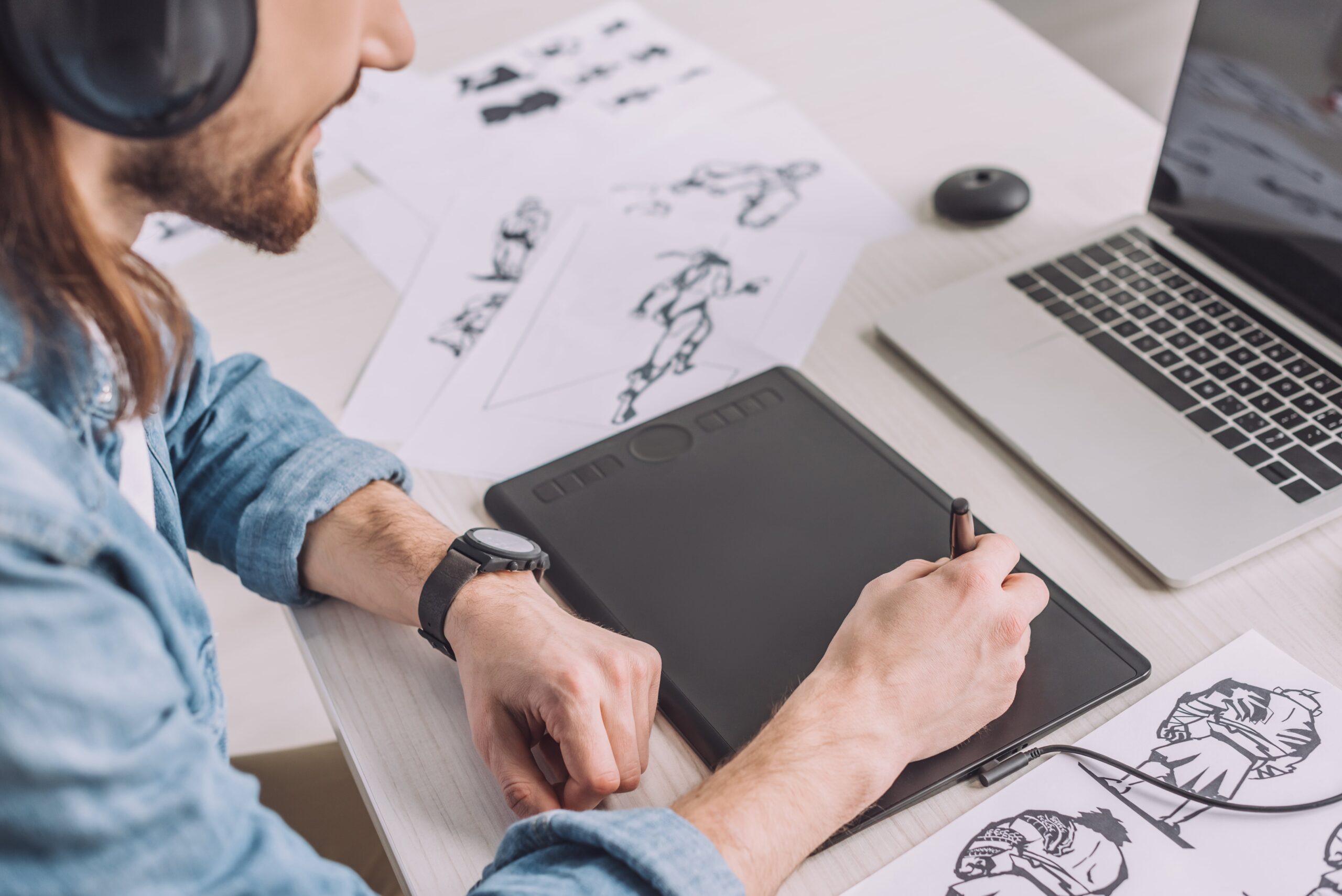Pacing and timing are essential elements in the world of animation editing. The way scenes unfold, the rhythm of movements, and the cadence of dialogue all contribute to the overall impact of an animated piece. Understanding how to manipulate pacing and timing effectively can elevate the quality of animation and captivate audiences.
In this comprehensive guide, we will discuss the importance of pacing and timing in animation editing, explore techniques to enhance these aspects, and discuss the role they play in creating compelling animated narratives.
1. Importance of Pacing and Timing in Animation Editing
Pacing and timing are fundamental components of storytelling in animation. They dictate the flow of a narrative, control the viewer’s engagement, and evoke specific emotions. In animation editing, pacing refers to the speed at which events unfold, while timing focuses on the precise placement of actions within a scene.
By mastering these elements, animators can create a dynamic and cohesive visual experience that resonates with the audience.
2. Creating Emotional Impact
Effective pacing and timing can significantly impact the emotional resonance of an animated piece. By manipulating the speed of transitions, the duration of shots, and the timing of character movements, animators can evoke a range of emotions in viewers.
For example, quick cuts and rapid pacing can convey tension and urgency, while slow, deliberate timing can build suspense and create a sense of anticipation. Understanding how pacing and timing influence emotional responses is crucial for animators looking to craft compelling narratives.
3. Enhancing Visual Storytelling
Pacing and timing are instrumental in enhancing visual storytelling in animation editing. By controlling the tempo of a scene, animators can guide the viewer’s attention, emphasize key moments, and establish a rhythm that complements the narrative.
4. Techniques for Effective Pacing and Timing
There are several techniques that animators can employ to enhance pacing and timing in their work. One common approach is the use of editing software to adjust the duration of shots, create smooth transitions between scenes, and synchronize animation with sound effects.
Furthermore, storyboarding and animatics can help animators visualize the pacing of a scene before diving into full animation, allowing for adjustments to be made early in the production process. Experimenting with different pacing and timing options can help animators find the right balance for each scene and maximize its impact on the audience.
5. Role of Pacing and Timing in Audience Engagement
Audience engagement is a critical aspect of successful animation, and pacing and timing play a key role in capturing and maintaining viewers’ attention. By strategically varying the pace of a story, animators can create moments of tension, release, and resolution that keep audiences invested in the narrative.
Well-executed pacing and timing can heighten the emotional impact of a scene, enhance comedic timing, and deliver powerful storytelling beats that resonate with viewers long after the animation has ended.
6. Industry Insights and Best Practices
In the competitive world of animation editing, mastering pacing and timing is a valuable skill that can set animators apart from their peers. Professionals in the industry emphasize the importance of meticulous attention to detail, collaboration with directors and fellow animators, and a deep understanding of storytelling principles.
By staying up-to-date on industry trends, honing their craft through practice and experimentation, and seeking feedback from mentors and peers, animators can continue to refine their skills and produce high-quality work that resonates with audiences.
7. Yellowbrick: A Path to Professional Development
For aspiring animators looking to enhance their skills in pacing and timing, Yellowbrick offers specialized courses that provide hands-on training and industry insights. Through Yellowbrick’s immersive programs, students can learn from industry experts, gain practical experience in animation editing, and build a professional portfolio that showcases their talents.
Key Takeaways:
- Pacing and timing are integral components of animation editing, influencing the flow, engagement, and emotional impact of a narrative.
- Effective pacing and timing can evoke a range of emotions, enhance visual storytelling, and engage audiences on a deeper level.
- Techniques such as adjusting shot durations, utilizing editing software, and creating storyboards can help animators master pacing and timing.
- Audience engagement is crucial in animation, and strategic pacing and timing can captivate viewers and enhance storytelling.
- Industry professionals emphasize attention to detail, collaboration, and continuous learning to excel in animation editing.
Consider enhancing your skills in pacing and timing by enrolling in the “NYU Animation Industry Essentials” online course and certificate program offered by Yellowbrick. This comprehensive program can provide you with the knowledge, hands-on experience, and industry insights needed to succeed in the dynamic world of animation.








